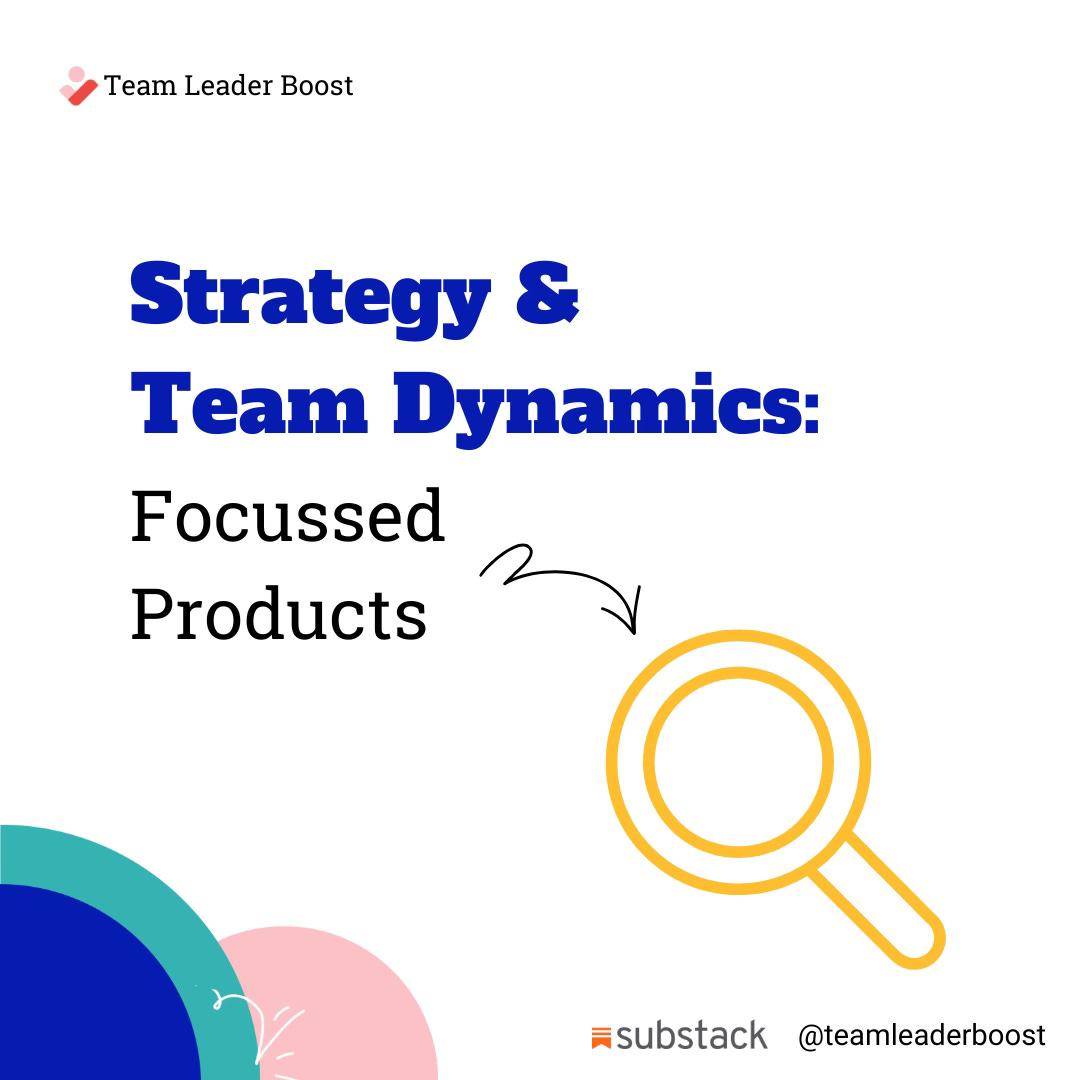As a team leader in a small to medium sized company, chances are there will only be a handful of products, maybe even one, that the company sells. So what? I hear you say. So, in the same way that growth and investors shape culture, the volume and diversity of products in the company’s portfolio also has an impact.
Today looked at the focussed strategy that seeks to deliver value with one or two products, and how it shapes team dynamics.
The One (or two) Product Company
Small companies tend to evolve from one product, someone had a great idea, they saw a gap in a particular market and so they started a company. When it comes to how many products and services are sold by a company, there are no rules. It is up to the investors and board where they want to take the company and their product suite. Even if marketing determines certain opportunities, there is no obligation to exploit them. Having said that, healthy companies tend to expand to a handful of products as new customer problems come to light. So if you decide to work in a small startup company, chances are you’ll be working on one or two products.
What does this mean for your team? In this case, you can expect a culture of;
Alignment: Close alignment with other teams in the company, and you will (or you should have) a very clear picture of priorities and goals year on year.
Specialism: The small handful of products tends to mean a deeper level of specialisation is required by your team. Especially when it comes to building the technology side of the equation, including specialist experience in the industry. Single product companies carry higher risk, so hiring people who have loads of experience in building the same thing is usually a better way to go.
Customer-centric: smaller companies tend to have less power in any given market (usually) so the customer is king! Having a very customer-empathetic workforce will make it easier to deliver better value outcomes that align to the buyers.
Risk Aversion: as all resources are focussed on one area, there should be a culture of aversion to massive change and innovation.
How does this fit with the 3Ps Framework?
Keep reading with a 7-day free trial
Subscribe to TeamLeaderBoost to keep reading this post and get 7 days of free access to the full post archives.




